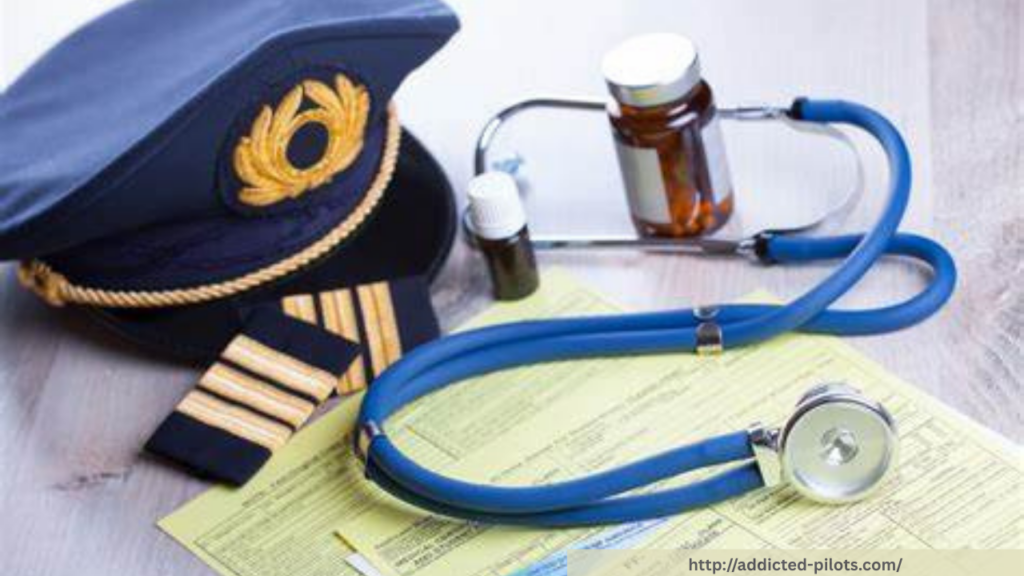
The aviation industry is built on trust, precision, and safety. When we board an airplane, we trust that the professionals in the cockpit are fully alert, competent, and capable of handling complex and high-stakes situations. However, substance abuse remains a hidden and often overlooked issue within the aviation sector. While most pilots and crew members maintain high standards of professionalism, the presence of addiction among even a small percentage can pose significant risks.
Substance Abuse: A Quiet Crisis
Substance abuse in aviation is not as widespread as in some other industries, but its consequences can be far more severe. Pilots, air traffic controllers, and maintenance crew all work in environments where mental clarity, quick decision-making, and emotional stability are non-negotiable. The use of drugs or alcohol, even in small amounts, can compromise these critical abilities.
Stress, fatigue, long hours, irregular schedules, and time away from family are common challenges faced by aviation professionals. These factors can contribute to mental health struggles such as anxiety, depression, and burnout. In turn, some individuals may turn to alcohol or prescription medications as a means of coping. Left unaddressed, occasional use can spiral into dependency or addiction.
Industry Regulations and Safety Protocols
To mitigate risks, aviation authorities such as the Federal Aviation Administration (FAA) have implemented strict regulations regarding drug and alcohol use. Random testing, mandatory reporting, and the “eight-hour bottle-to-throttle” rule are some of the key measures in place to ensure sobriety in the skies.
Despite these safeguards, substance abuse can still go unnoticed, particularly when individuals hide their struggles out of fear of losing their careers. The stigma associated with addiction often prevents those affected from seeking help, making early intervention challenging.
Programs That Make a Difference
Recognizing the need for a more compassionate approach, programs like the Human Intervention Motivation Study (HIMS) have been established to support aviation professionals dealing with substance abuse. HIMS is a unique collaboration between regulatory authorities, medical professionals, and airlines that offers treatment and rehabilitation pathways.
Through HIMS, pilots can receive comprehensive medical and psychological care while maintaining the possibility of returning to the cockpit. The program emphasizes recovery, accountability, and reintegration, proving that addiction does not have to be a career-ending diagnosis.
A Call for a Cultural Shift
Addressing substance abuse in aviation requires more than regulations and testing—it demands a cultural shift. Airlines and aviation organizations must foster a work environment that prioritizes mental health and encourages openness. Confidential support systems, regular wellness checks, and peer support initiatives can play a vital role in early detection and intervention.
Breaking the stigma around addiction and creating safe spaces for discussion can empower more aviation professionals to seek the help they need without fear of retribution.
Conclusion
Substance abuse in the aviation industry is a complex issue, but it is not insurmountable. With proactive policies, compassionate programs, and a commitment to mental health, the industry can ensure that those entrusted with our safety are truly cleared for takeoff—both physically and mentally.